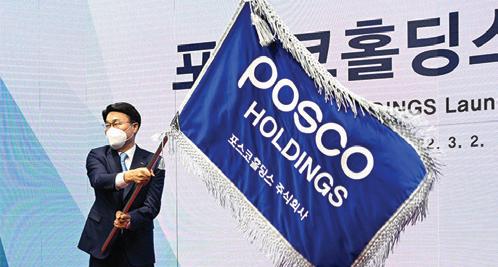
1 minute read
Posco de-risks battery material supply chain with EcoGraf graphite deal
Posco International, the South Korean steel giant, is to buy battery anode material products from EcoGraf the Australian graphite manufacturer, under a 10-year supply deal, the companies said on May 31.
They will also cooperate on EcoGraf’s development of graphite mining projects in Tanzania — with South Korea-based Posco set to provide financing, engineering and construction.
Technical collaboration on developing customized purification technologies will “de-risk short-term battery material supply” in South Korea, Europe and North America, the firms said.
Australia-listed EcoGraf is to supply 7,500 to 12,500 tonnes of battery anode material in the first year following the start of production, rising to 20,000 to 40,000 tonnes annually in years six to 10.
Posco said the deal helped provide a secure supply for its Posco Future M group business [which changed its name from Posco Chemicals last March] and which manufactures natural graphite anodes for lithium ion batteries used in electric vehicles.
A successful technical assessment of EcoGraf’s product performance has already been conducted.
According to EcoGraf, while traditional demand for graphite is largely tied to the steel industry, there is increasing demand for graphite suitable for use in electric vehicles.
Spherical graphite (SpG), also known as battery-grade graphite, is the product that is consumed as an anode in lithium ion batteries.
EcoGraf said flake graphite concentrate is processed into ultra-high-purity (>99.95% C) with particle sizes ranging from 10 to 25 microns.
These are then used as a battery anode material, with SpG’s special electrical conductivity making it a critical component in anode manufacture.
EcoGraf said on April 18 it had signed a framework agreement with Tanzania’s government for the Epanko graphite project.
The company said it would use its proprietary HFfree purification technology to process Epanko’s flake graphite without the use of hydrofluoric acid to produce high performance battery anode material.










